Egypt is home to some of the most stunning mosques in the world, showcasing centuries of Islamic art, culture, and architectural brilliance. The country’s mosques are not just places of worship but also symbols of the rich heritage and history that have shaped Egypt’s identity. From grand, sprawling structures to smaller, intricately designed spaces, these mosques offer a glimpse into Egypt’s Islamic history and its influence on architecture.
In this article, we’ll explore the 10 most beautiful mosques in Egypt, each a masterpiece of design, history, and spirituality.
Table of Contents
Toggle1. Al-Azhar Mosque
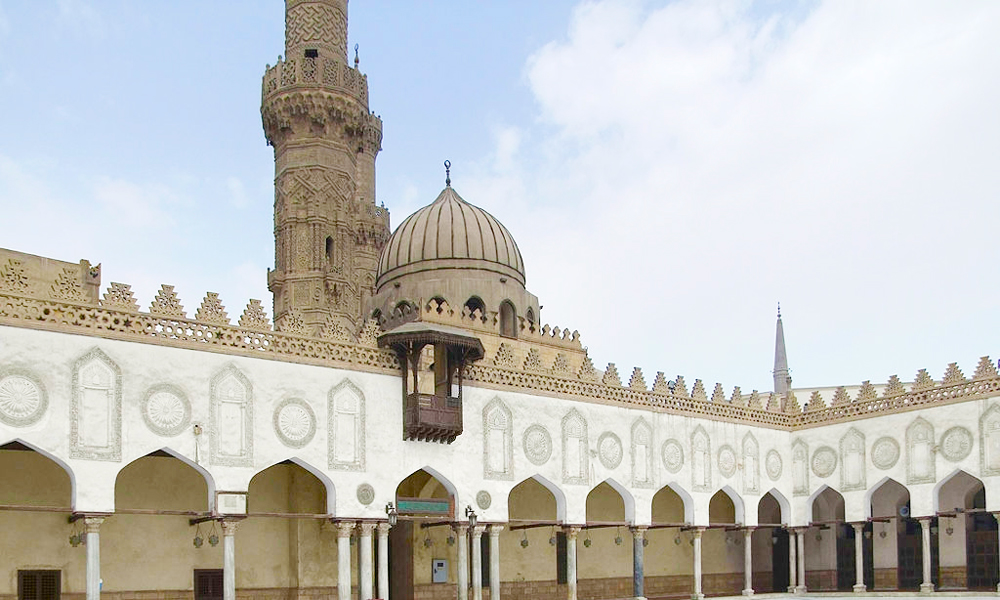
Location: Cairo
Established: 970 AD
Architectural Style: Fatimid, Mamluk, Ottoman
Notable Features:
- Five minarets
- Large central courtyard
- Detailed Mamluk architecture
Overview:
One of the most renowned mosques in the world, Al-Azhar Mosque is a place of worship and a global center of Islamic learning. Founded in 970 AD during the Fatimid era, Al-Azhar is an architectural marvel and a beacon of knowledge. Over the centuries, the mosque has undergone various expansions and renovations, blending Fatimid, Mamluk, and Ottoman styles.
The mosque’s five minarets dominate the skyline of Islamic Cairo, each representing a different era of its development. Torched porticos surround the large central courtyards, and the prayer hall features intricate stone carvings, wooden ceilings, and a wide variety of Islamic decorative art.
Why It Stands Out:
Al-Azhar Mosque’s significance goes beyond its physical beauty—it symbolizes intellectual and spiritual leadership in the Muslim world. Its importance as a center of Islamic education through Al-Azhar University makes it a must-visit for history enthusiasts and those interested in Islamic studies.
2. Sultan Hassan Mosque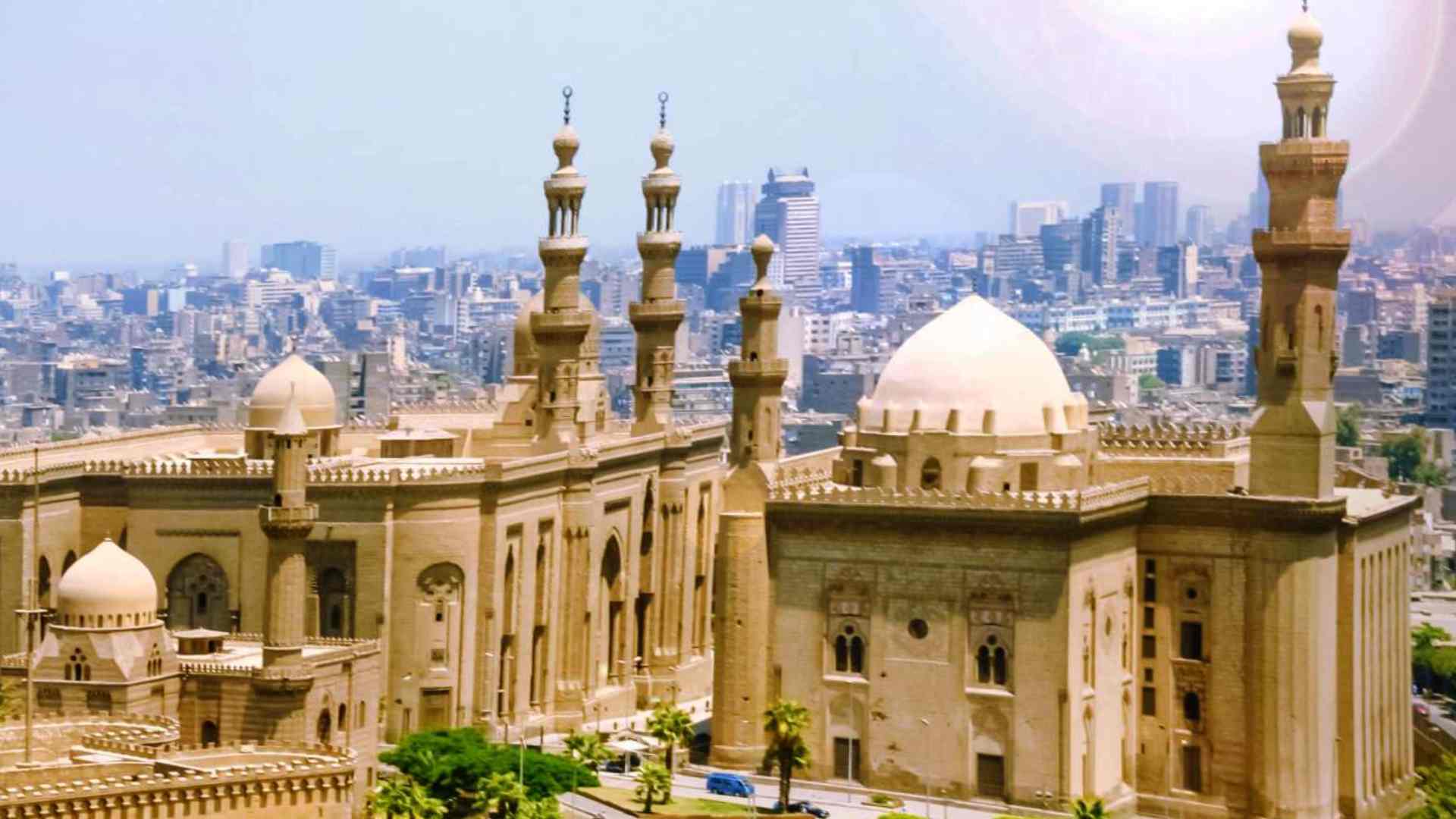
Location: Cairo
Established: 1356-1363 AD
Architectural Style: Mamluk
Notable Features:
- Massive stone walls
- A stunning entrance portal
- Four iwans representing the four Sunni schools of thought
Overview:
Located at the foot of the Cairo Citadel, the Sultan Hassan Mosque is one of the largest and most impressive mosques. It was built during Sultan Hassan’s reign in the 14th century and is a prime example of Mamluk architecture. The mosque’s sheer size, with walls up to up meters, makes it an awe-inspiring sight.
The interior of the mosque is equally impressive, with four massive iwans (vaulted halls) representing the four Sunni schools of Islamic jurisprudence. The intricately carved mihrab (prayer niche) and pulpit are masterpieces of Islamic art.
Why It Stands Out:
The Sultan Hassan Mosque’s grandeur is unmatched in Egypt. Its immense size, coupled with the intricate details of its design, makes it a stunning architectural achievement. It’s often considered one of the most beautiful Islamic buildings in the world.
3. Muhammad Ali Mosque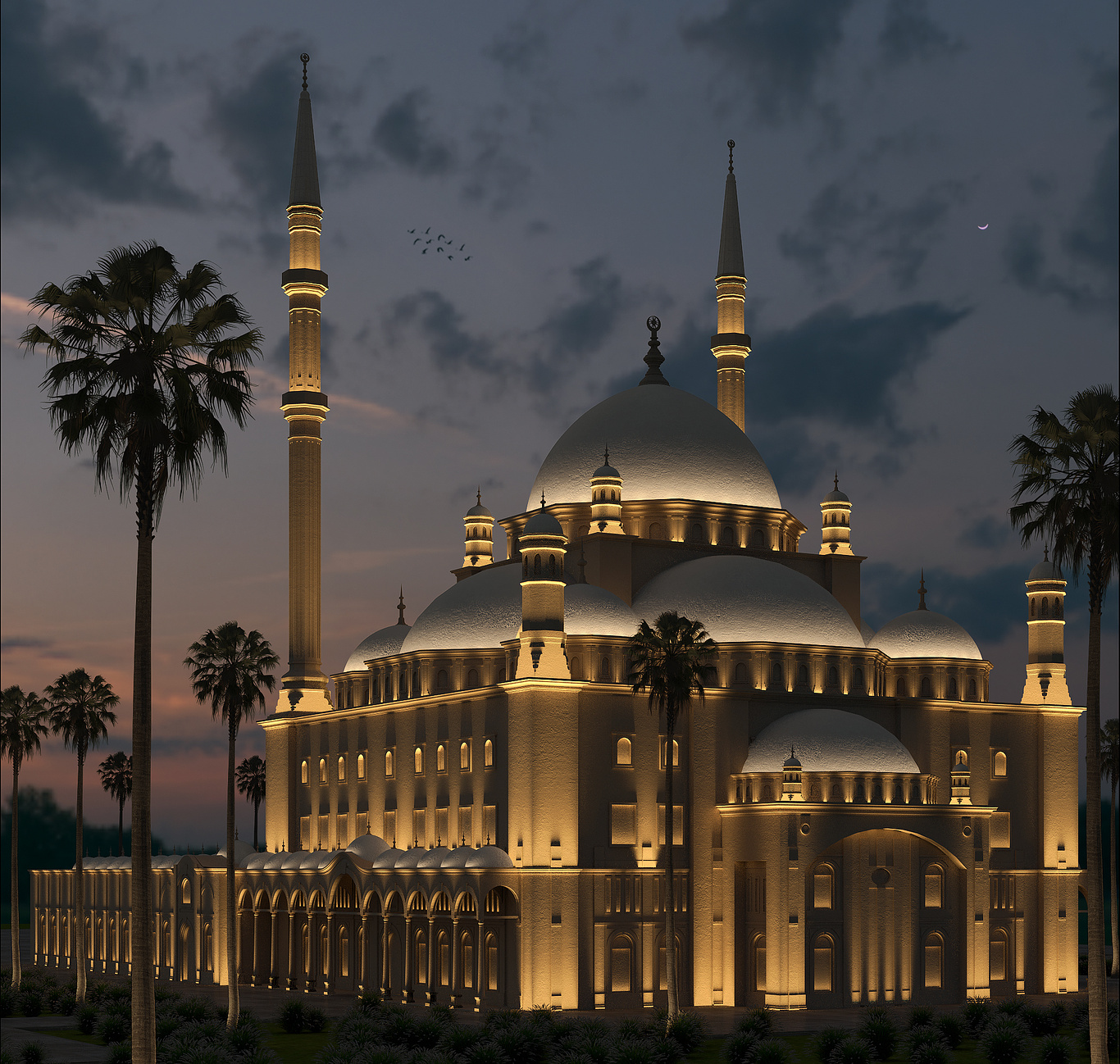
Location: Cairo Citadel
Established: 1830-1848 AD
Architectural Style: Ottoman
Notable Features:
- Large central dome flanked by smaller domes
- Two towering minarets
- Lavish use of marble and alabaster
Overview:
Perched on the highest point of the Cairo Citadel, the Muhammad Ali Mosque is one of the most iconic landmarks in Cairo. Built by Muhammad Ali Pasha in the 19th century, this mosque was designed in the Ottoman style, with a central dome surrounded by smaller domes and two towering minarets.
The mosque’s interior is lavishly decorated with marble and alabaster, giving it a regal appearance. The large central dome, with its intricate floral patterns and Quranic inscriptions, is a sight to behold. The spacious courtyard, framed by an elegant colonnade, offers stunning views of the city of Cairo.
Why It Stands Out:
The Muhammad Ali Mosque is often called the “Alabaster Mosque” due to its extensive use of alabaster stone. Its OttomaEl Horreya Cafén architecture, set against the backdrop of the Cairo skyline, makes it one of the most photographed buildings in Egypt.
4. Ibn Tulun Mosque
Location: Cairo
Established: 876-879 AD
Architectural Style: Abbasid
Notable Features:
- Spiral minaret
- Massive brick construction
- Spacious courtyard
Overview:
The Ibn Tulun Mosque is the oldest mosque in Cairo, and it has survived in its original form. Built between 876 and 879 AD by the Abbasid governor Ahmad Ibn Tulun, the mosque is a testament to early Islamic architecture. Its large, open courtyard and simple yet powerful design have made it one of the most significant mosques in Egypt.
The mosque’s most unique feature is its spiral minaret, inspired by the Great Mosque of Samarra in Iraq. The vast courtyard is surrounded by arcades, and the prayer hall features intricately carved wooden ceilings and beautiful stucco decorations.
Why It Stands Out:
Ibn Tulun Mosque is a masterpiece of simplicity. Its austere design and impressive spiral minaret make it a striking example of Abbasid architecture. The mosque’s spaciousness and tranquility make it a peaceful retreat from the bustling streets of Cairo.
5. Al-Hakim Mosque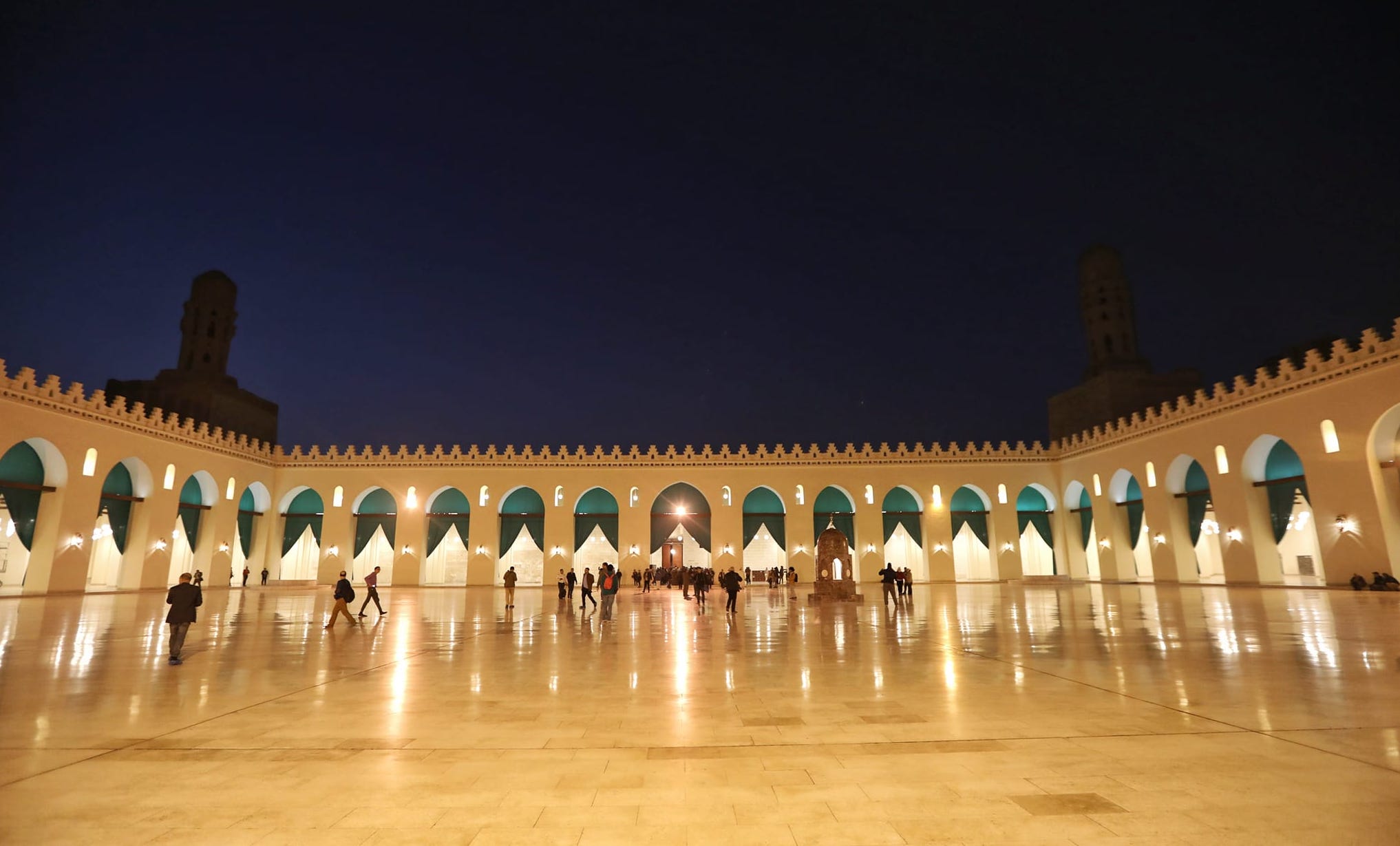
Location: Cairo
Established: 990 AD
Architectural Style: Fatimid
Notable Features:
- Massive stone entrance
- Two unique minarets
- Restored interior with modern touches
Overview:
The Al-Hakim Mosque is another architectural gem from the Fatimid period. Built-in 990 AD by Caliph Al-Hakim bi-Amr Allah, titis is located near Islamic Cairo’s northern walls. Over the centuries, it has been used as a fortress, a school, and even a museum, but today, it is once again a functioning mosque.
The mosque is known for its two distinct minarets, square at the base and octagonal above. TArcades frame the large courtyard, and the prayer hall features simple, elegant decorations.
Why It Stands Out:
Although the mosque has undergone several restorations, it retains its historic charm. Its unique minarets and massive stone entrance make it an architectural wonder that reflects tCairo’searly Islamic style
6. Amr Ibn Al-As Mosque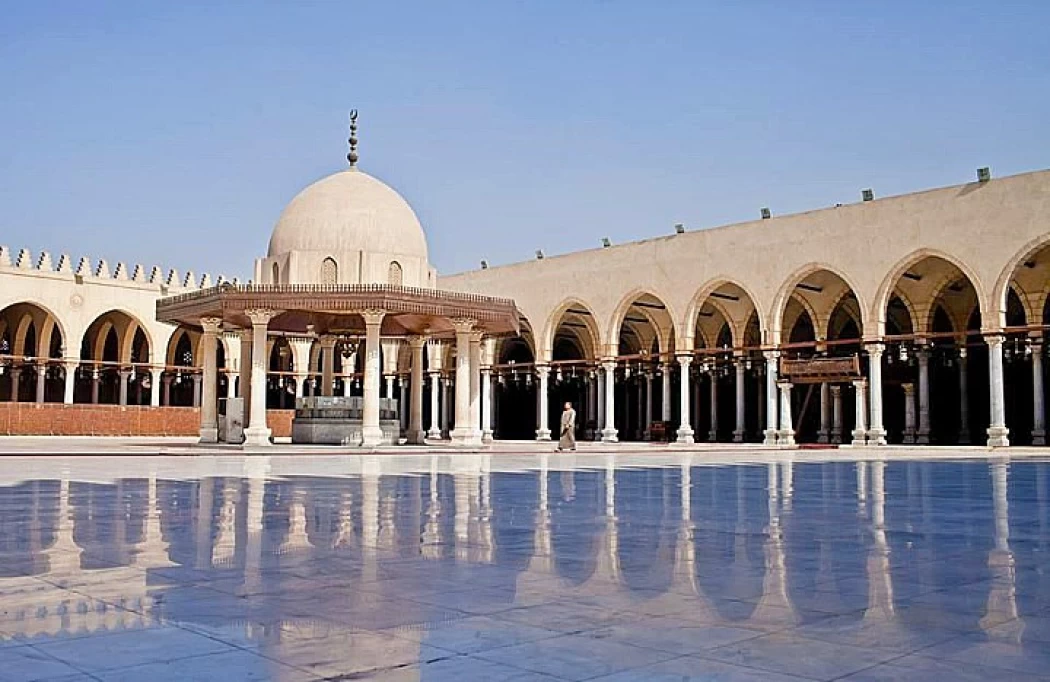
Location: Cairo
Established: 641 AD
Architectural Style: Early Islamic
Notable Features:
- The first mosque in Africa
- Simple, expansive courtyard
- Open layout design
Overview:
The Amr Ibn Al-As Mosque was the first mosque built in Egypt and Africa. It was established in 641 AD by Amr Ibn Al-As, the commander who led the Muslim conquest of Egypt; titis is an important part of Islamic history.
The mosque has undergone numerous renovations but retains its simple and expansive design. TArcades surround the large open courtyard, and the prayer hall features a flat wooden roof supported by columns.
Why It Stands Out:
As the first mosque in Africa, the Amr Ibn Al-As Mosque holds great historical significance. While it may not be as visually ornate as other mosques, its simplicity and openness reflect the early Islamic architectural style.
7. Al-Rifa’i Mosque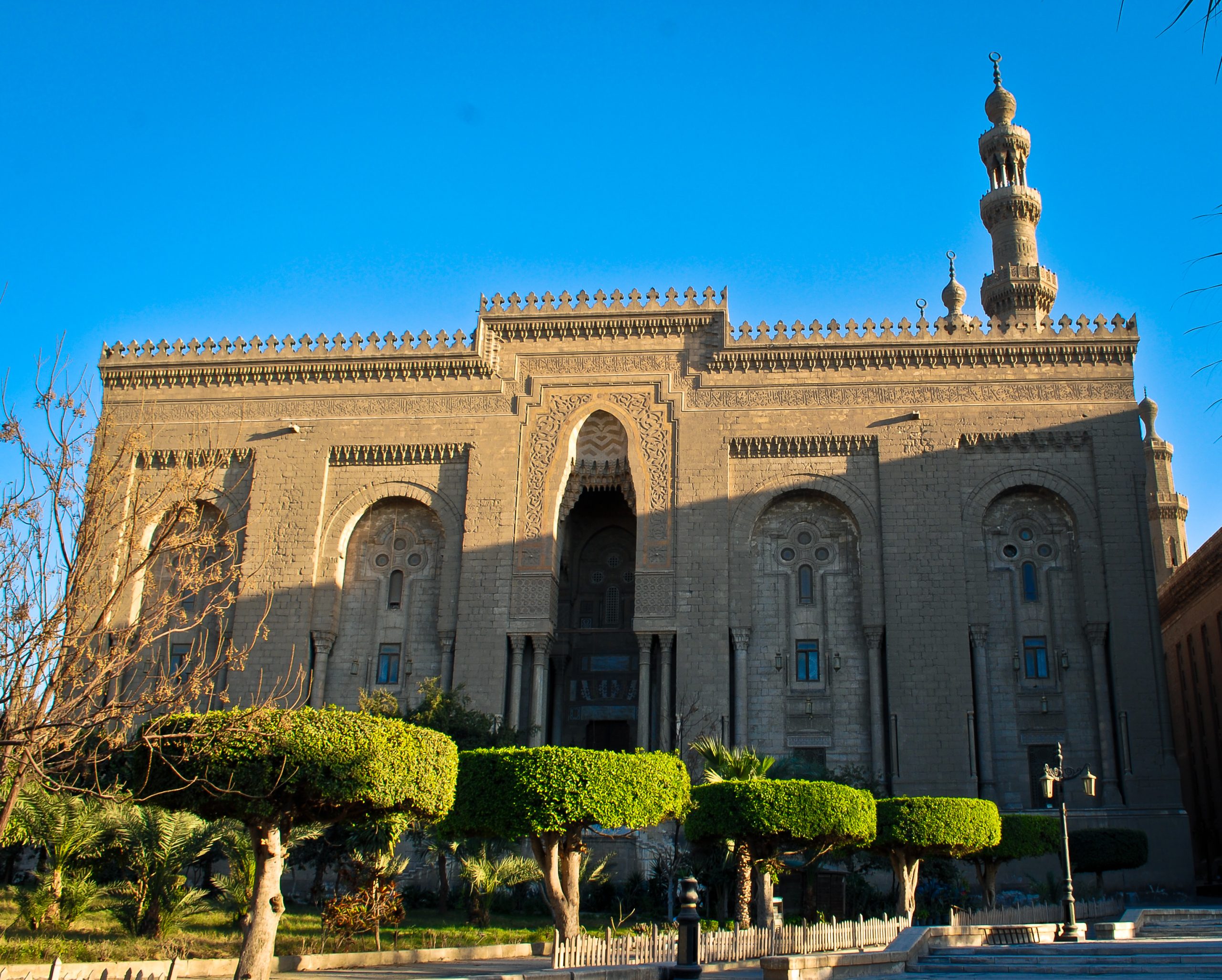
Location: Cairo
Established: 1869-1912 AD
Architectural Style: Ottoman Revival
Notable Features:
- Royal mausoleum
- Ornate marble and gold decorations
- Large central dome
Overview:
The Al-Rifa’i Mosque is a beautiful example of Ottoman Revival architecture in Cairo. Completed in 1912, it is located next to the Sultan Hassan Mosque, creating a striking contrast between the two buildings.
The mosque serves as a royal mausoleum, housing the tombs of several members of the Egyptian royal family, including King Farouk. The mosque’s interior is decorated with marble, gold, and intricate Islamic motifs.
Why It Stands Out:
The Al-Rifa’i Mosque’s role as a royal mausoleum and its luxurious decorations uniquely blend spirituality and royalty. Its proximity to the Sultan Hassan Mosque allows visitors to experience two architectural masterpieces.
8. Mosque of Abu al-Abbas al-Mursi
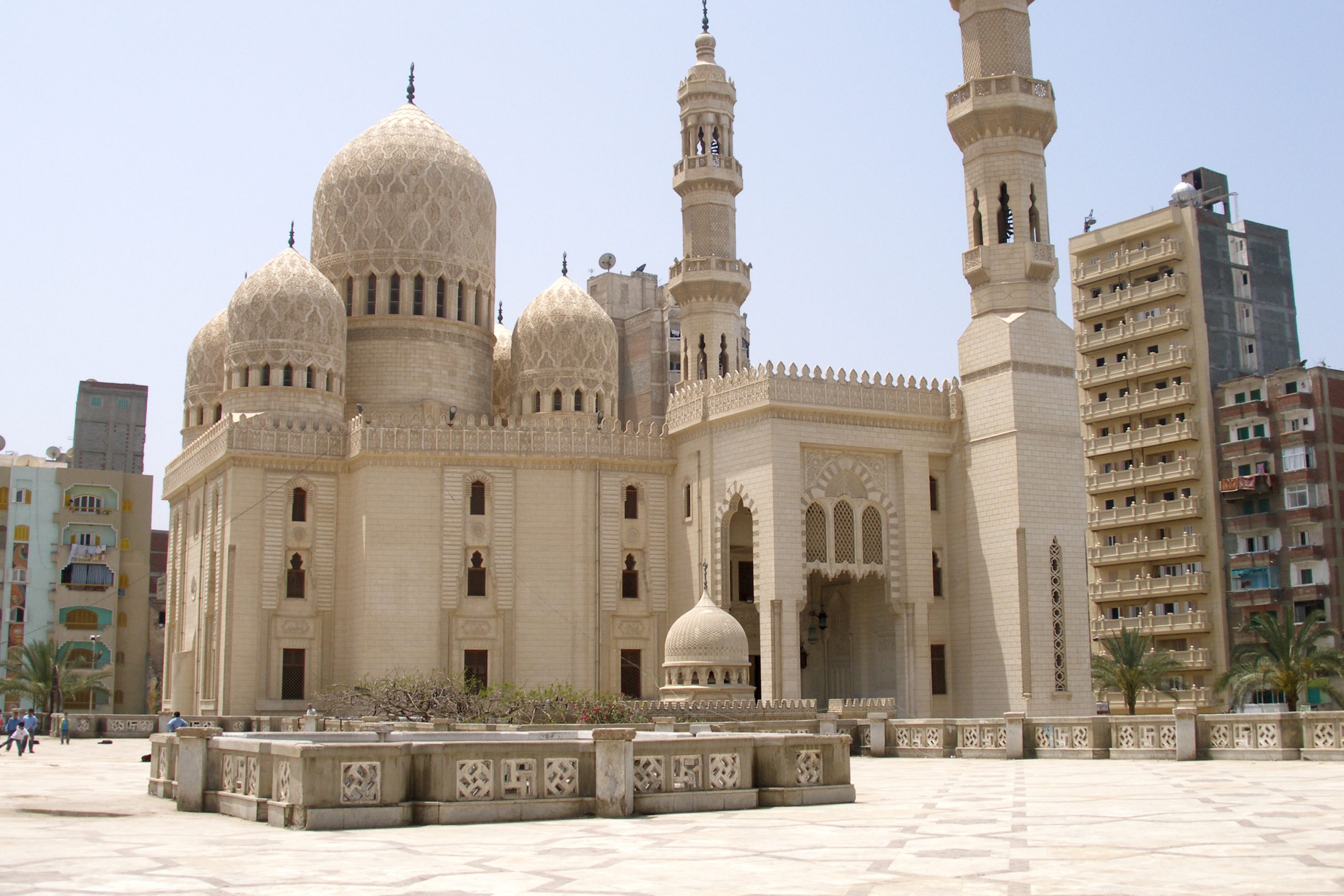
Location: Alexandria
Established: 1775 AD
Architectural Style: Mamluk Revival
Notable Features:
- Four domes
- Ornate interior with geometric patterns
- Shrine of Abu al-Abbas al-Mursi
Overview:
The Mosque of Abu al-Abbas al-Mursi is one of the most famous mosques in Alexandria. It was built in 1775 over the tomb of the revered Sufi saint Abu al-Abbas al-Mursi. The mosque’s design reflects the Mamluk Revival style, with its large central dome and four smaller domes surrounding it.
The mosque’s interior is beautifully decorated with geometric patterns and Quranic inscriptions, creating a serene and spiritual atmosphere. The shrine of Abu al-Abbas is the focal point of the mosque, attracting visitors and worshipers alike.
Why It Stands Out:
The mosque’s spiritual significance as the resting place of a Sufi saint, combined with its beautiful Mamluk Revival architecture, makes it one of Alexandria’s most critical religious sites
9. Mosque of Muhammad Bey Abu Dahab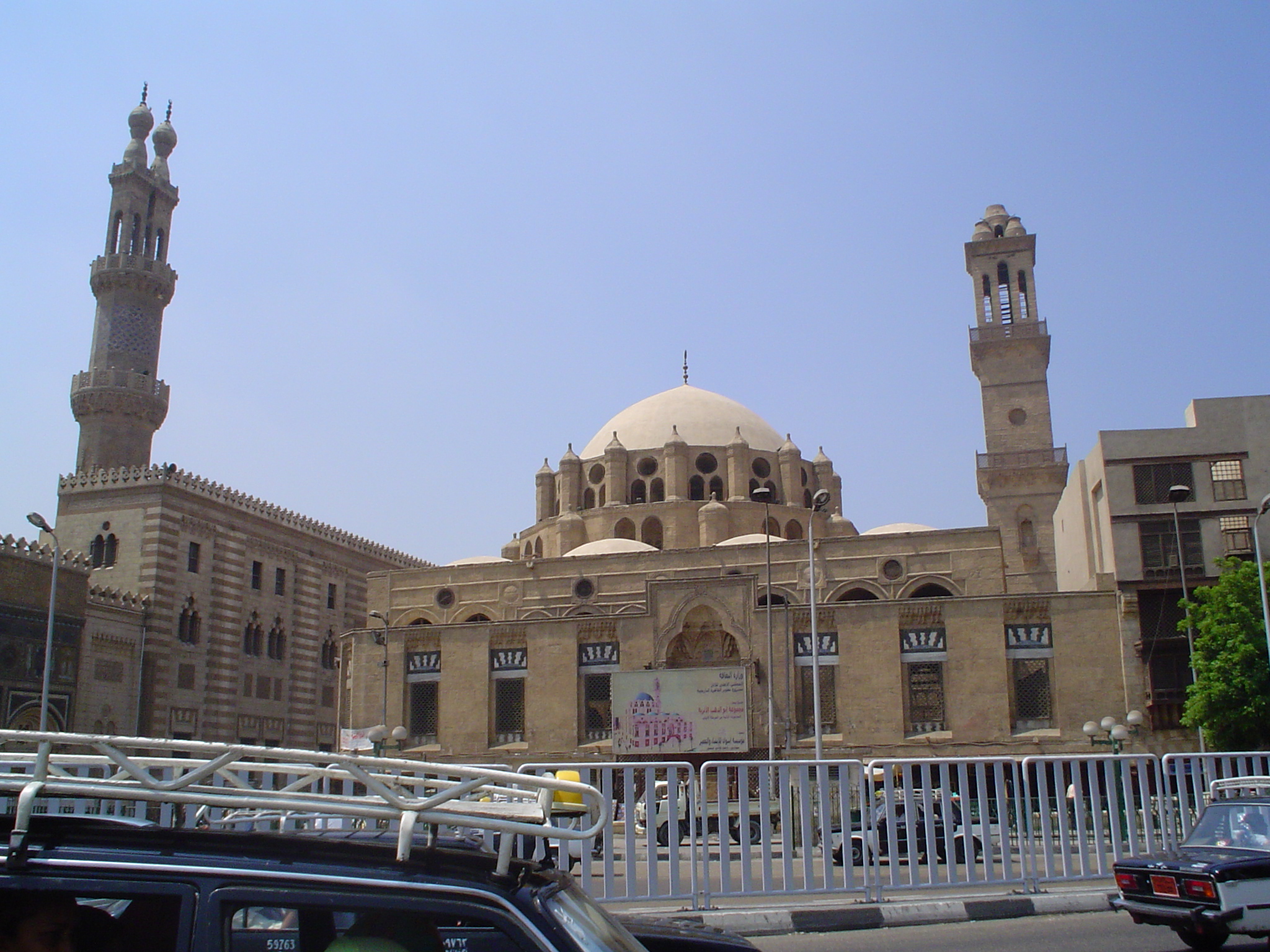
Location: Cairo
Established: 1774 AD
Architectural Style: Ottoman
Notable Features:
- The central dome and two smaller domes
- Elaborate Ottoman decoration
- Built as a charitable complex
Overview:
The Mosque of Muhammad Bey Abu Dahab is a stunning example of Ottoman architecture in Cairo. Built-in 1774, it is located near Al-Azhar and is part of a larger charitable complex with a school and a public kitchen.
Two smaller domes flank the mosque’s central dome, and the interior is richly decorated with Ottoman motifs and inscriptions. The mihrab and pulpit are noteworthy for their intricate woodwork and stone carvings.
Why It Stands Out:
This mosque is not just a place of worship but also a charitable complex, reflecting the Islamic tradition of philanthropy. Its Ottoman design and rich decorations make it a beautiful example of Cairo’s diverse Islamic architectural heritage.
10. Mosque of Sayyida Zainab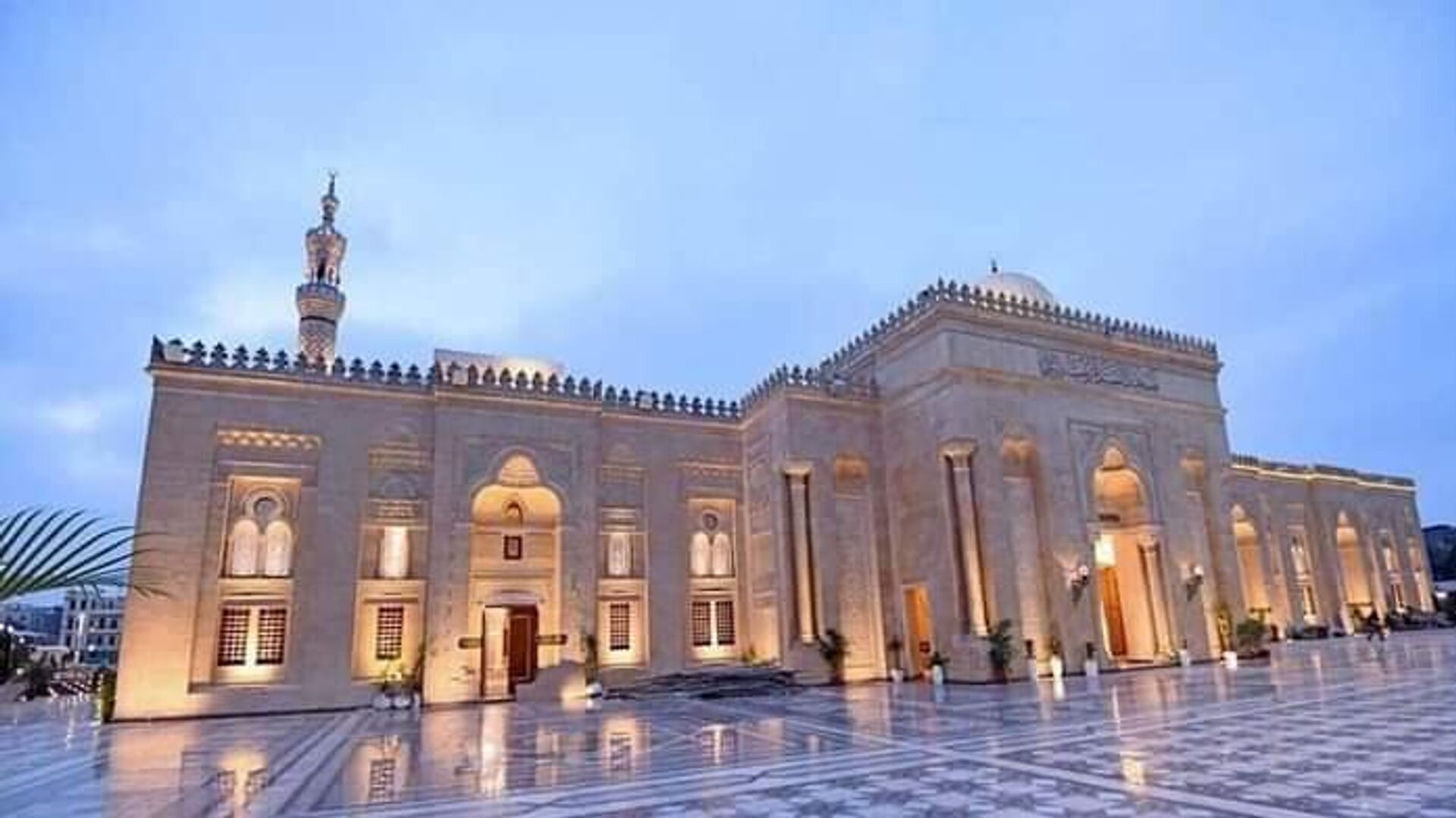
Location: Cairo
Established: 1549 AD (reconstructed in 1884)
Architectural Style: Mamluk Revival
Notable Features:
- Shrine of Sayyida Zainab
- Large central courtyard
- Ornate tile work
Overview:
The Mosque of Sayyida Zainab is one of the most important religious sites in Cairo, as it houses the shrine of Sayyida Zainab, the granddaughter of the Prophet Muhammad. The mosque has been rebuilt several times, and the structure dates back to 1884.
The mosque’s large courtyard and prayer hall are adorned with intricate tile work, creating a serene and spiritual atmosphere. The shrine of Sayyida Zainab is the mosque’s focal point, attracting pilgrims from all over the Islamic world.
Why It Stands Out:
The spiritual significance of the mosque, combined with its beautiful Mamluk Revival architecture, makes it a must-visit for those interested in Islamic history and religious traditions.
